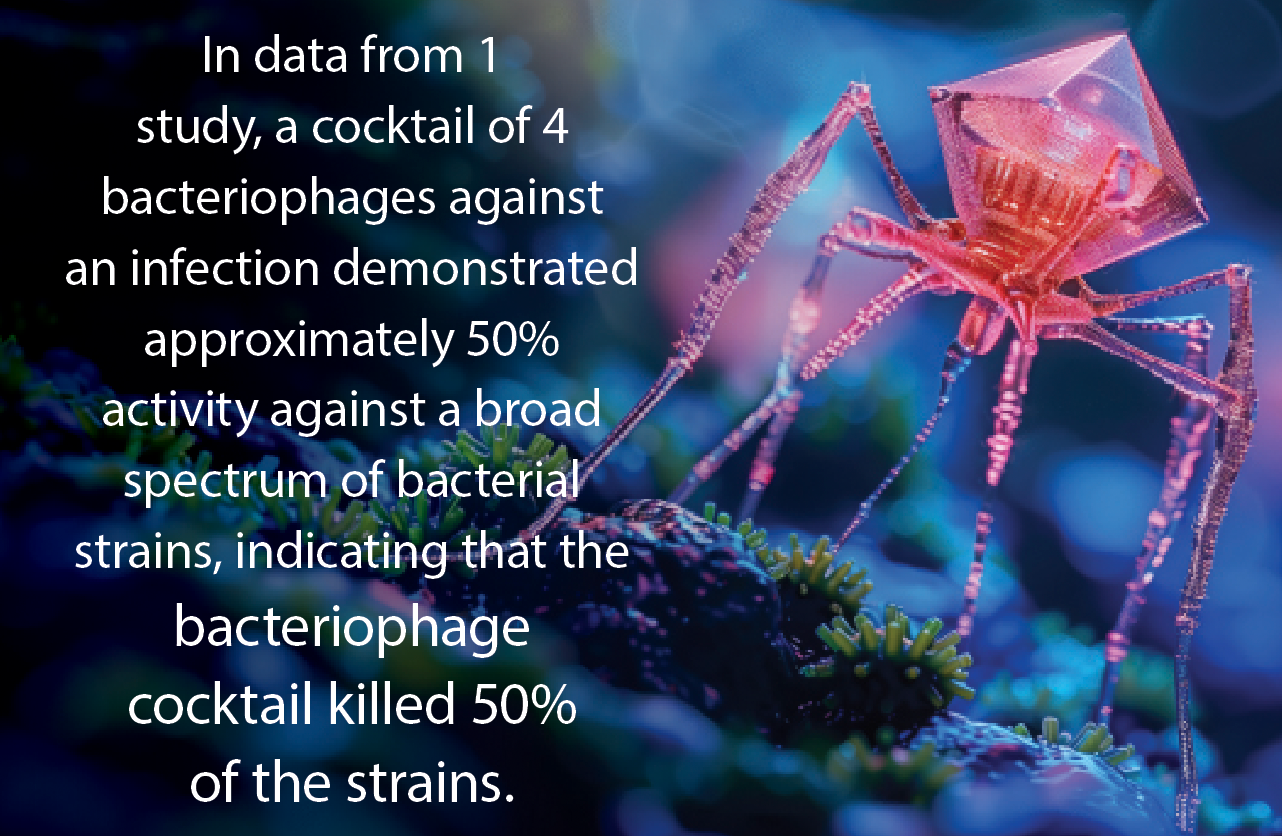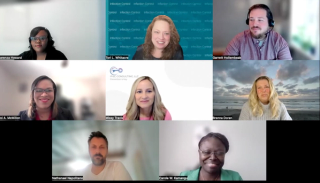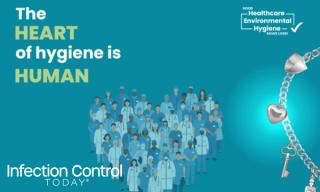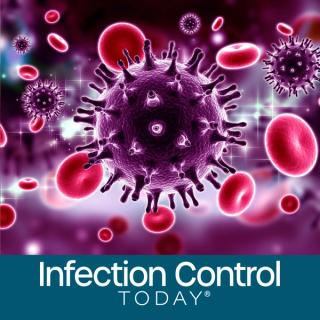
Prevention
Latest News
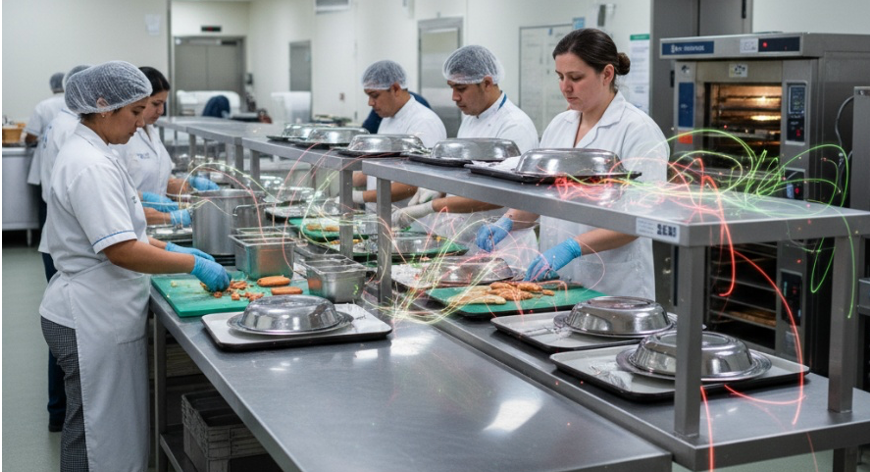
Latest Videos

Shorts










More News
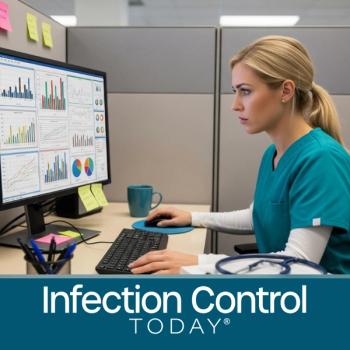
This 6-part series will chronicle the journey of 2 infection prevention leaders, Brenna Doran, PhD, MA, ACC, CIC; and Jessica Swain, MBA, MLT, CIC, IHI, as they partnered to research and shed light on the critical issue of infection prevention staffing in the current health care landscape. From the initial spark of an idea to the publication of an impactful article, a research manuscript, and a podcast, this series will offer an insider’s view of their collaborative process and the profound implications of their findings. This third article in the series will focus on...
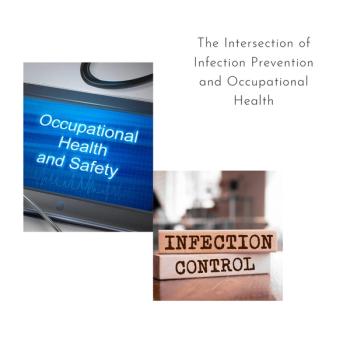
If you’ve ever been asked to track flu shots and handle a chemical splash in the same breath, you’ve met the IP–OH blur. Infection prevention and occupational health often intersect—but their missions differ. Knowing where each begins ensures safer patients, safer staff, and smoother responses.

Hidden in plain sight, cubicle curtains are among healthcare’s most-touched—and least regulated—surfaces. Vague “change when soiled” guidance leaves dangerous gaps, as dusty mesh headers and inconsistent replacement cycles quietly seed transmission, underscoring the need for quarterly, trackable swaps and evidence-based standards.

What do schools need to prevent the spread of infectious diseases? Infection prevention experts and school staff in Nebraska present their collaboration at IDWeek2025.

California’s first locally acquired dengue case in 2023 triggered a rapid serosurveillance effort across Southern California—and IDWeek 2025 results suggest infections are underrecognized, with DENV-3 detected and widespread flavivirus cross-reactivity from West Nile virus complicating diagnosis.
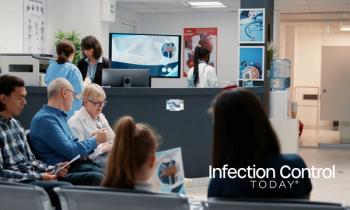
Crowded waiting rooms can turn routine checkups into transmission hubs. Here’s how outpatient clinics can cut risk, starting at the front door, with smarter cleaning, hand hygiene, masks, and fewer extra visitors.

Could Dollar General be Alabama’s next vaccination hub? At IDWeek 2025, John R. Bassler, MS, and colleagues showed that strategically pairing mobile clinics with DG stores could help close stubborn geographic vaccine gaps, especially in counties with higher social deprivation where traditional providers are scarce.

Hospital-wide sequencing of 8,567 Staphylococcus aureus isolates at NYU Langone revealed that many MRSA cases stem from tight community transmission networks—not in-hospital spread. Presented at IDWeek 2025, the work pinpoints distinct clusters (young MSM/substance-use networks, long-term care residents, and children) and urges IPC strategies that bridge hospital and community.

At IDWeek 2025, a Detroit consortium reported a familiar IPC paradox in skilled nursing facilities: Staff know the basics, but practice lags. Inconsistent rub times, dwell times, and respirator seal checks point to behavior-focused training—not more slides—as the next move.

A multifaceted infection-prevention push at a tertiary rehab ICU in the Upper Midwest reversed a rise in C difficile, lifting hand-hygiene adherence from 69% to 91% and cutting the C. diff standardized infection ratio from 1.6 to 0.4 over six months, researchers reported at IDWeek 2025 in Atlanta.

New IDWeek 2025 data show who C difficile kills most: White patients, women, and people in major metros—with most deaths tied to health care exposure—underscoring how basics and smarter antibiotics remain our best levers to cut mortality.
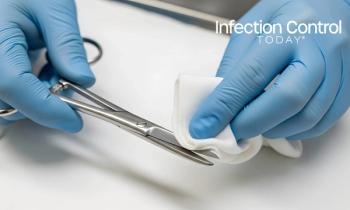
What is a day in the life of a sterile processing department technician like? Read this article by Hannah Schroeder, BSHA, CRCST, CHL, CIS, CER, to find out.

Candida auris is the pathogen that won’t take a hint—clinging to surfaces, nesting in biofilms, and outlasting rushed wipe-downs. Yet the chemistries potent enough to kill it can be punishing to people, devices, and environments. This piece tackles the tightrope: how to choose, use, and verify C auris effective disinfection without trading one risk for another.
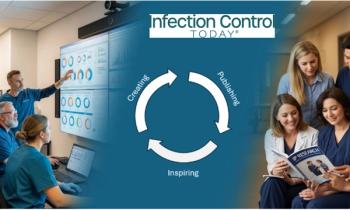
Join the APIC Research Network (free for APIC members), pick your level, and commit to one survey or collaborative project this year—research for IPs, by IPs. Your idea could shape tomorrow’s practice.
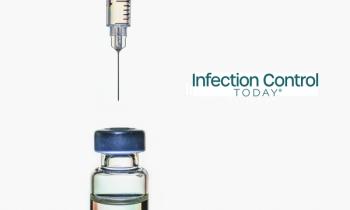
Open Vaccine Track, find your metro, and pick one move this quarter—close an access gap, copy a local success, or launch targeted outreach. Small, data-driven steps in the right ZIP codes can shift adult vaccination faster than statewide averages ever will.
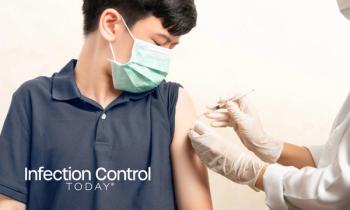
Fear of vaccine-related myocarditis is narrowing guidance, but the evidence is clear: COVID-19 infection triggers more myocarditis than vaccination, early doses cut pediatric long COVID, and myocarditis appeared in 2020—before vaccines existed. This piece restores the full risk–benefit picture.
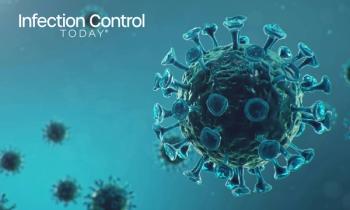
COVID-19 is back on the wastewater radar, but this fall’s bump does not look like a menacing new variant, says UMN infectious-diseases physician Matthew Pullen, MD. As CDC shifts to “shared decision-making” for vaccination—a move critics warn could slow access—his guidance stays simple: stay home when sick, and get the shot you can get now.

Mosquito season isn’t over—act today. Tip and toss standing water, wear EPA-registered repellent at dusk/dawn, and keep screens closed. Clinicians: add West Nile to summer/fall neuro workups, ask about Chagas risk, and report dead birds or suspected cases the same day.

Hepatitis B still ruins lives—and newborns are most at risk. Infectious diseases specialist Matthew Pullen, MD, calls early vaccination “a no-brainer,” noting perinatal transmission can lead to liver failure and cancer. He also discusses insurance issues to get treatments covered.

Let’s make measles prevention visible. One quick huddle, one clear sign, one easy clinic—each move keeps families safe and confident.
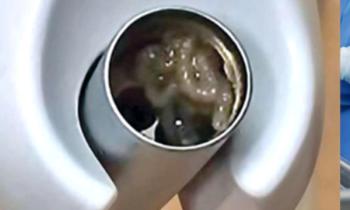
Hey Clean Biters! What’s flowing through your lines? Make DUWL safety automatic: appoint a Safety Officer, write a one-page SOP, treat daily, shock monthly, test quarterly, and document <500 CFU/mL. Grab the log—clean water, every patient, every time.

As ambulatory surgery centers (ASCs) expand into new specialties, sterile processing challenges can slow growth or halt operations entirely. Lifeline Surgical Partners—formerly Lifeline Vascular Care—found a scalable, cost-effective solution through offsite reprocessing, allowing their centers to maintain high-quality care while freeing clinical teams to focus on patients.

Measles is resurging as misinformation erodes herd immunity. Matthew Pullen, MD, explains how “immunologic amnesia” and antivaccine myths endanger children—and what infection preventionists must know.

As the days get colder, with CDC’s school guidance, now is the time for schools to double down on air quality, hygiene, and infection prevention to protect students and staff.

Candida auris continues to challenge infection preventionists with its persistence, resistance, and potential for outbreaks. New evidence shows that early, expanded screening—beginning in the emergency department—may be the key to stopping transmission before it starts.


